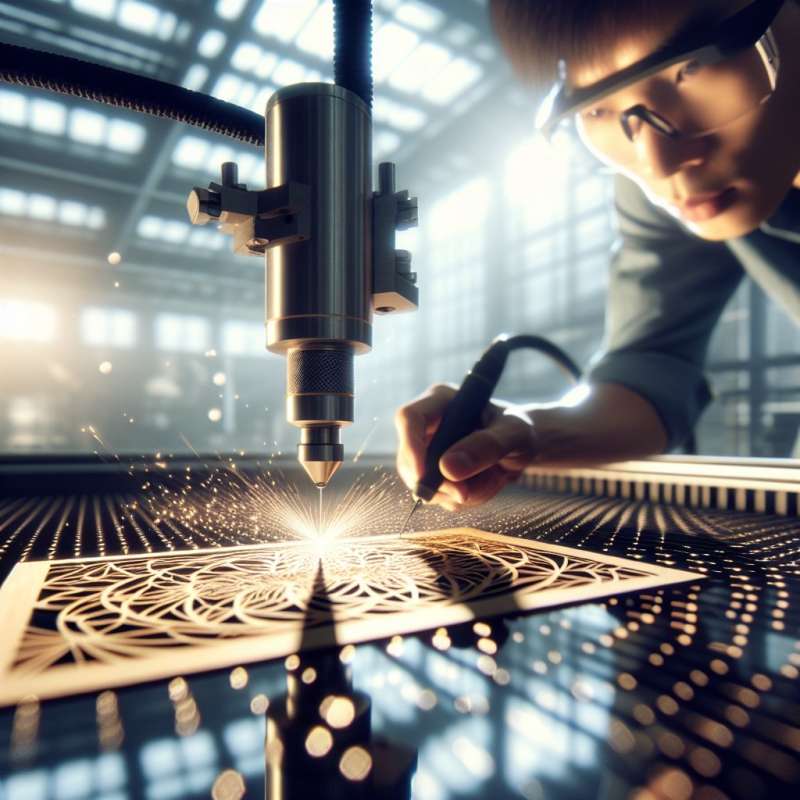
Introduction to Lasercutting
Lasercutting is a precise material cutting technique utilizing a high-powered laser beam. The process is popular in manufacturing and design for its precision, speed, and versatility across various materials.
Laser Types and Materials
Common laser types include CO2, Nd:YAG, and fiber lasers. CO2 lasers excel with wood, acrylic, and paper, while Nd:YAG and fiber lasers are better suited for metals and plastics.
Lasercutting Vs. Traditional Methods
Unlike traditional mechanical cutting, lasercutting reduces material waste, allows for intricate designs, and eliminates the need for tool replacements due to wear, making it a cost-effective solution.
Software for Design Preparation
Designs for lasercutting are prepared using specialized software like Adobe Illustrator or CAD programs, which translate the digital model into precise instructions for the laser cutter.
Kerf: Lasercutting's Precision Secret
Kerf refers to the laser's cut width and is a critical consideration for precision. It varies with material and laser type, affecting how designs are calibrated for exact dimensions.
Innovative Uses of Lasercutting
Beyond industrial use, lasercutting has expanded into art, fashion, and education. Artists and designers employ lasercutting to create intricate jewelry, sculptural artworks, and innovative garment patterns.
Safety and Environmental Impact
Lasercutting requires strict safety measures to protect against harmful fumes and laser exposure. Additionally, it's environmentally friendly as it reduces waste and often uses recyclable materials.
What defines lasercutting's precision?
Material thickness
Laser beam's high power
High-powered laser beam
Company